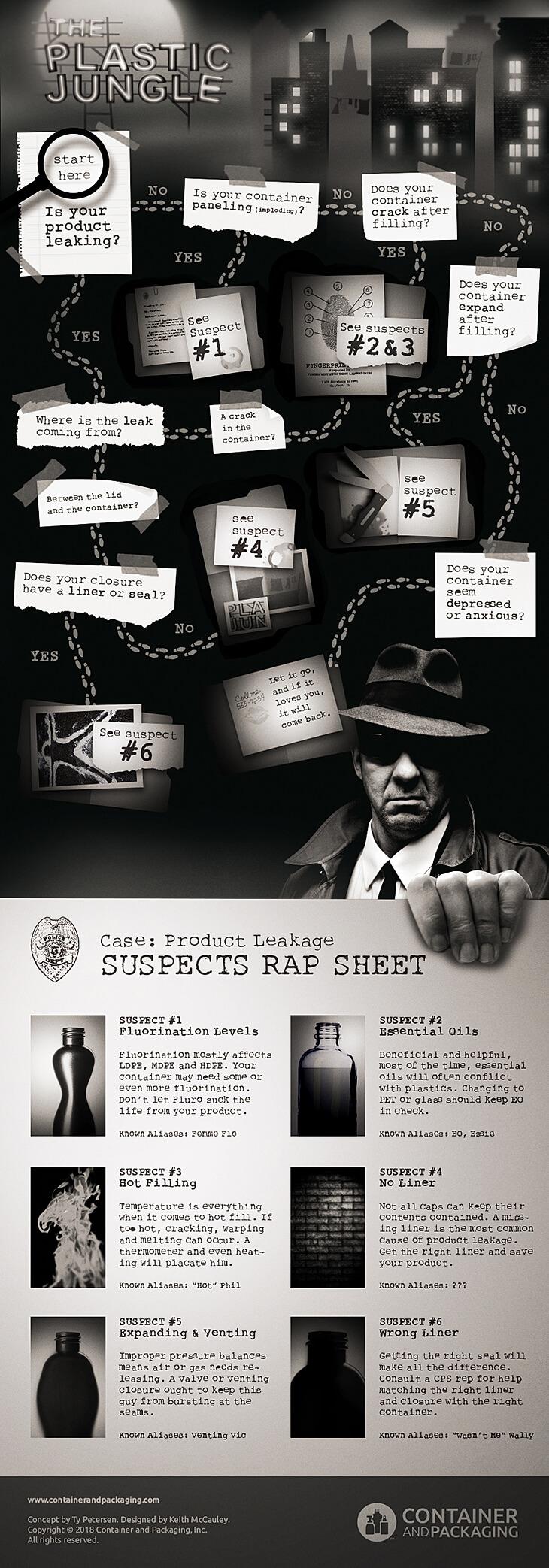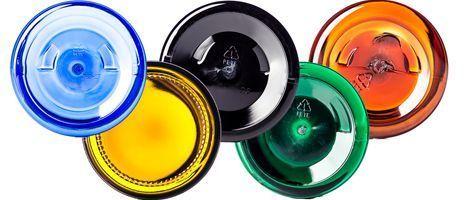Troubleshooting Packaging Leakage


If you're reading this, there is a good chance that you may be upset about something that went wrong with your packaging. The first thing we need to do is calm down a little. I like to do this through creative writing. I've decided to let you in on the opening chapter from my latest crime noir novel. I call it The Plastic Jungle.
CHAPTER 1
It was a dark night in the city that never sleeps. She walked through my door like a wolf into a chicken coop. The dame had hair as fierce as a lion's mane, never washed and it stuck out in wild directions.
Her eyes were like ping pong balls that had been drawn on with crayons. And her lips as red as the expired tomato juice in my fridge. She had bad news written all over her, like the obituary section in the newspaper.
What do you think? Ok, yeah. It needs some work but enough about me, let's talk about you and your problems. I'll be just like Samuel Spade, we can solve the crime that's been haunting your packaging problems. To do that, we recommend the following three steps: (1) Identify the cause, (2) Find the solution and (3) Fix it.
STEP 1: Identify the cause. Every so often, we get calls about a product not performing as it was intended to. And these problems usually result in product leakage. On rare occasions, this may be a defect in packaging elements. The OVERWHELMING majority of leakage issues, however, is due to an imcompatible match of the container, liner, lid and product. And now, ladies and gentlemen, a flow chart!

STEP 2: Find the solution. Call an expert. That would be us, we're experts! Or if the flowchart answered your questions and you know what went wrong, then you can move on to step 3.
STEP 3: Fix it. Now that you know what to do, test the solution and make sure it's solving the problem and not just changing it for another.
Congratulations! You are now a super-sleuth for identifying and fixing product leakage issues.




